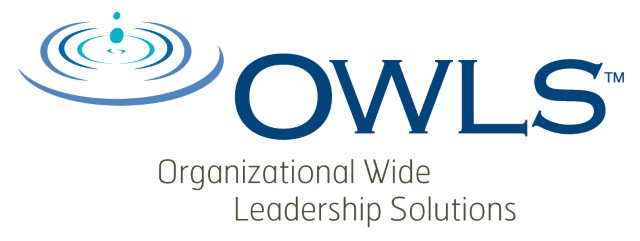(Or: Why the thing that nearly drove me off the road could mean a bigger disaster for your business)
I woke up to the fact that I was riding the shoulder of the road when my truck’s wheels started kicking up dirt. Now, usually when this happens it means I’m dodging deer. But, this time there were no mulies in sight. This time, my distraction was driven by a voice coming out of my radio.
The AM station was broadcasting a commercial sponsored by one of our local business supply stores. Instead of telling me what was on sale, the ad was giving me business tips. They should have stuck to pitching products. The spot managed to cram some of the worst business advice I’d ever heard, and some of the most common business problems, into a thirty-second message.
“Here’s how,” the voice told me, “to create continuous improvement in your business.” Now, I didn’t actually record the commercial but my paraphrasing runs pretty dead-on to what was said. The voice told me there were four simple steps to continuous improvement. First, figure out the best way to do something. Second, make sure everyone— that’s everyone— doing the work is doing it in exactly the same way. Third, ask for suggestions. Fourth, do the process again.
This process for “continuous improvement” is actually one of the most foolproof recipes for disaster I’ve ever heard.
The surest way I know to sabotage productivity and alienate staff is to send down a change decree from above without drawing the solutions from the people actually involved.
Recently, I worked with an organization that demonstrates my point. The organization brought in a new department head. The fellow spent ten to 20 minutes with members of the department under the guise of getting to know them. Mostly, the conversation centered on small talk but he did ask that they tell him briefly about what they did on the job. After those “input” sessions, the boss closed himself behind his office door and went to work reorganizing the department. New positions. New responsibilities. New lines of reporting and supervision. He had “figured out the best way” to do everything.
He then sprung his plan on the staff. During his presentation, the boss admitted that he didn’t really understand what all his people actually did but he was sure that everyone would be pleased with the decisions he’d made. He couldn’t fathom why people responded with uncomfortable silence, confusion and even covert hostility. When they did, he became defensive and issued carved-in-stone decrees about the way things were going to be.
If you really want continuous improvement, then continuously involve the people who do the work in that improvement process. Use an Open Space Technology or other collaborating process to identify areas people care about. Areas people are excited about and can become passionate about improving. Then, turn those people loose to come up with create systems and solutions. Respect their experience, listen deeply to their input and invite their ingenuity.
The second ingredient in this recipe for disaster is making sure everyone does things the exact same way. If the goal is to get a ball on top of the roof, throwing it might be great if you have a staff full of Roger Clemens’. But, if there’s a Venus de Milo on board, booting or heading the ball would no doubt be a better solution. Responsibility without authority never works. If your people are responsible for completing a task or reaching a goal, they also need the authority to use their individual strengths and best resources to get the job done.
There’s a fable about a couple of friends who just happened to be a fox and a crane. The fox invited the crane to dinner. The dinner was thin soup served in shallow platters. The fox, of course, easily lapped up the soup but the crane had a long bill that allowed no lapping, so she went home hungry. A few weeks later, the crane invited the fox to dinner. This time, the soup showed up in tall, narrow-necked vases. You can guess who ate and who went home hungry this time.
People have different personalities and different skills. There is rarely, probably never, a one right, best way to a goal. Appreciating and allowing those differences to work for your business will only create a stronger organization. An organization with people who are invested in success and make possible a culture where continuous improvement has a shot at actually happening.
Empowering people is critical to creating that climate of continuous improvement. What too many managers either don’t realize or ignore is that the first step in empowering people is deconstructing the practices, policies and attitudes that created the de-powerment in the first place. Organizational leaders must understand and set aside our insecurities, our need to always be the guy or gal with the answers and the solutions. Those answers and solutions are all around us, within the people we work with every day. Our job is to help them bring it out, bring it to the job and let it work for the success of our organizations.
There’s really no need to talk about steps three and four of the “continuous improvement” tips I heard over the radio. If you implement steps one and two, I’m pretty sure you won’t have to worry about anyone offering constructive suggestions. Oh sure, your people will have ideas about what you can do with your process, but at this point you won’t want to hear them.
By James M. Grossman – OWLS Facilitator

